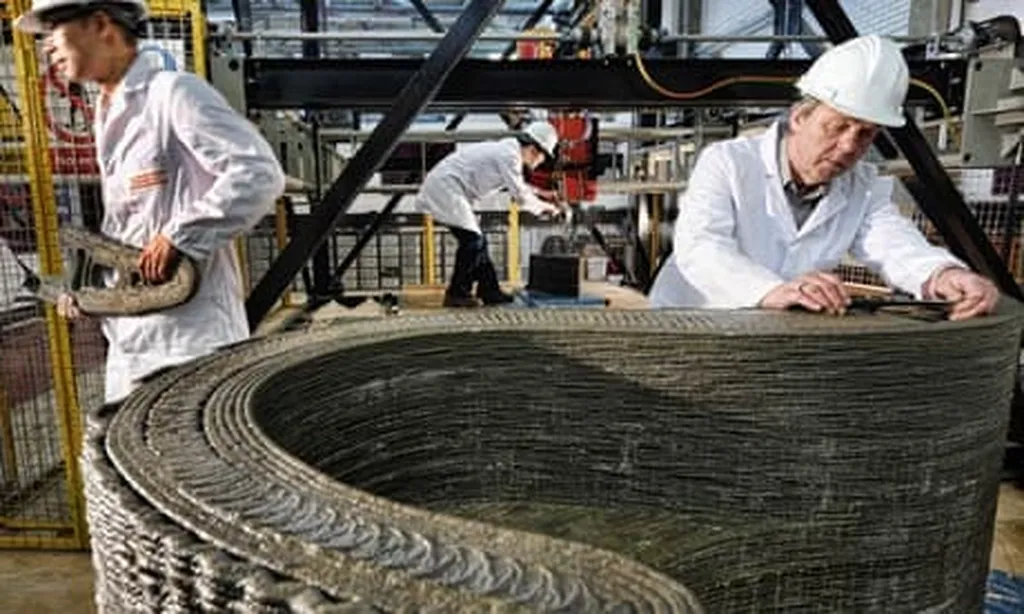In a groundbreaking development poised to reshape the future of materials science, researchers have unveiled a novel approach to creating self-healing polymers enhanced with two-dimensional (2D) materials. This innovation, detailed in a recent study published in the journal Sustainable Materials and Technologies (SusMat), could revolutionize industries ranging from aerospace to electronics, offering unprecedented durability and functionality.
At the heart of this research is the challenge of balancing healing efficiency with mechanical strength in polymeric composites. Traditionally, self-healing (SH) materials rely on dynamic, reversible bonds that facilitate healing but often compromise the material’s overall strength. Conversely, robust materials with strong covalent bonds resist healing. Enter 2D materials, which act as nanofillers that not only bolster mechanical properties but also introduce multifunctional benefits such as electrical and thermal conductivity, responsiveness to stimuli, and enhanced barrier properties.
Chirag R. Ratwani, lead author of the study and a researcher at the Department of Design and Engineering at Bournemouth University, explains, “The key lies in the surface chemistry of these 2D materials. They can either actively participate in the healing process or passively reinforce the polymer matrix, depending on their interactions with the polymer.”
The study delves into recent advancements in SH polymer composites enhanced with 2D fillers, exploring how factors like filler type, surface interactions, and loading levels impact both healing efficiency and mechanical strength. Ratwani and his team compare the contributions of various 2D materials, identifying critical differences in their roles within polymer matrices.
One of the most compelling aspects of this research is its potential commercial impact, particularly in the energy sector. Self-healing polymers could significantly extend the lifespan of critical components in renewable energy systems, such as wind turbine blades and solar panels, reducing maintenance costs and improving overall efficiency. “Imagine a wind turbine blade that can autonomously repair micro-cracks, extending its operational life and reducing downtime,” Ratwani envisions.
The study also highlights the need for standardized testing and advanced characterization techniques to better understand interfacial properties and healing mechanisms. This call to action underscores the importance of continued research and development in this field.
As the world grapples with the challenges of sustainability and durability, the integration of 2D materials into self-healing polymers offers a promising solution. By addressing current knowledge gaps and proposing future research directions, this study provides a comprehensive resource for advancing SH polymer systems.
In the words of Ratwani, “This is just the beginning. The potential applications are vast, and the implications for industries are profound. We are on the cusp of a new era in materials science, one where materials can heal themselves and adapt to their environments.”
As researchers continue to push the boundaries of what is possible, the future of self-healing polymers enhanced with 2D materials shines brightly, promising a world where materials are not only stronger but also smarter and more sustainable.

